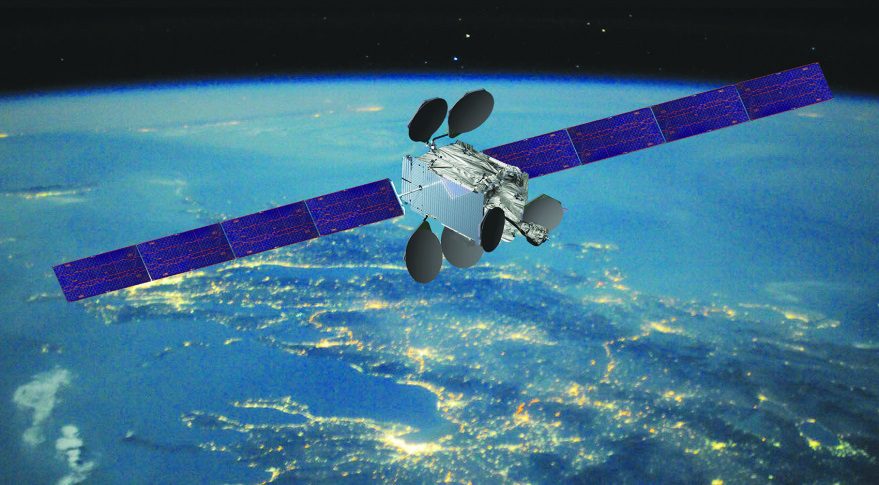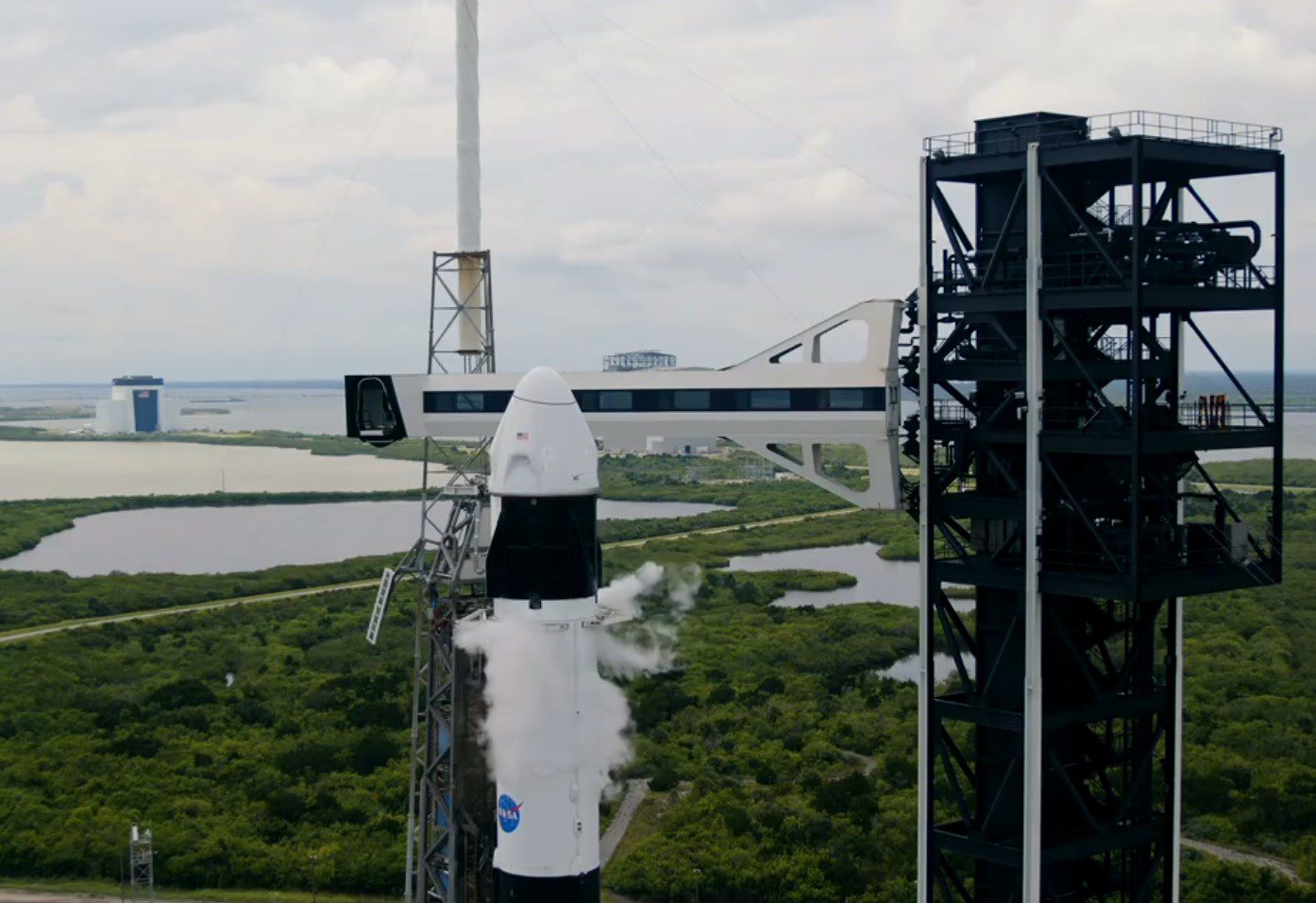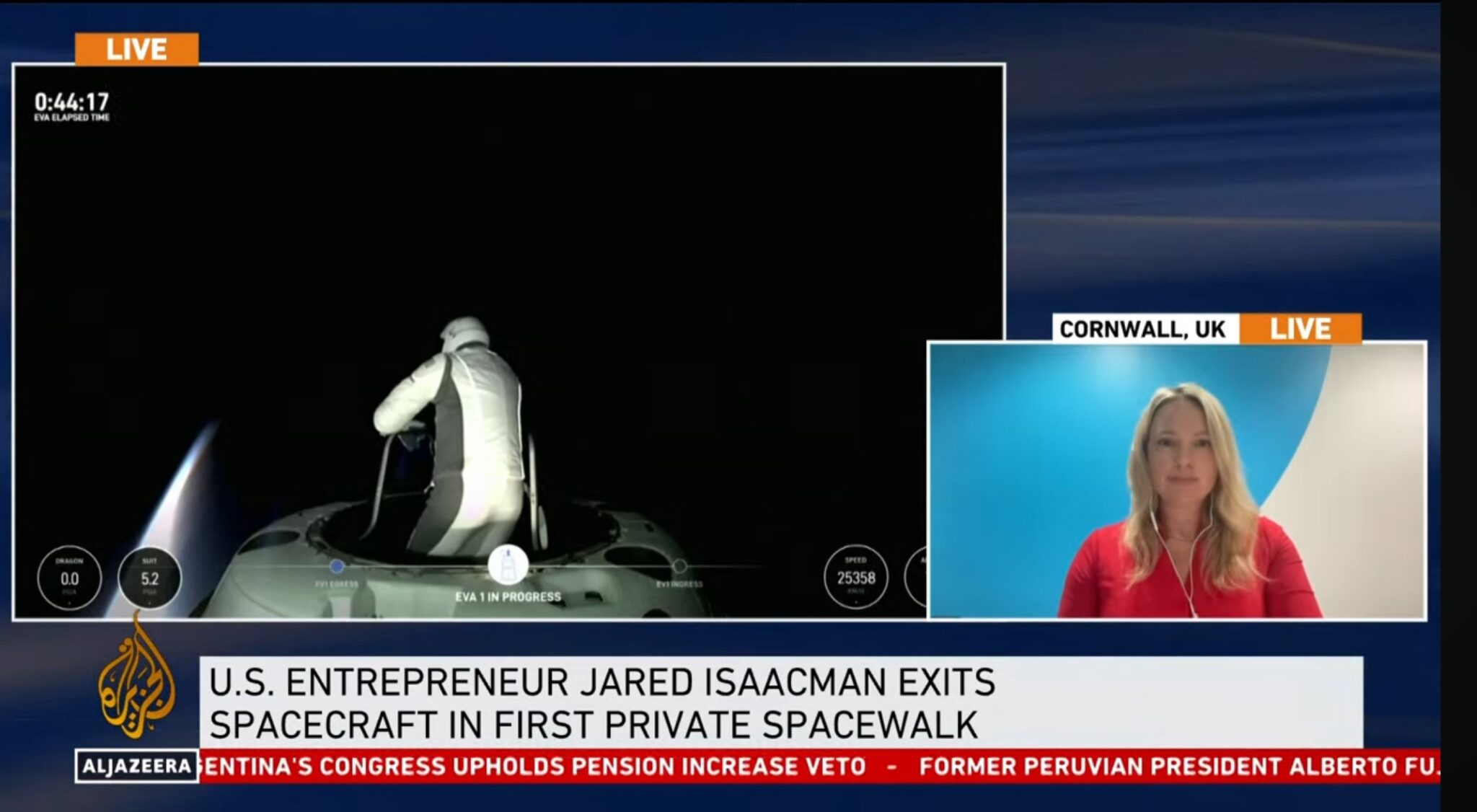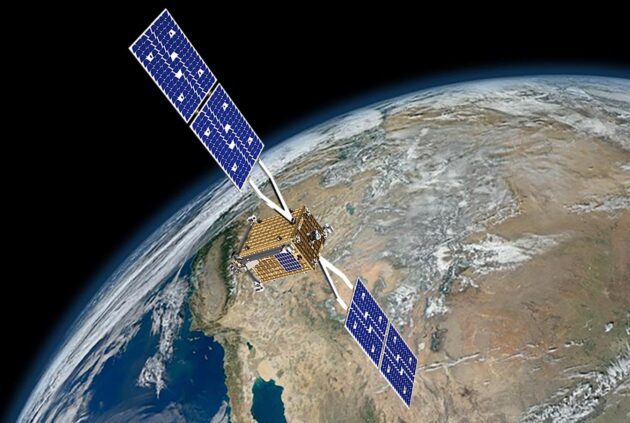Satellite operators (and their insurers) are usually loath to put “all their eggs in one basket” by having a rocket carry more than one major satellite on a launch. So it is a measure of the confidence that satellite operator, Intelsat, has in the Arianespace-marketed and operated Ariane 5 launch vehicle that it has recently done just that.
After a minor technical delay, an Ariane 5 ECA successfully launched two Intelsat commercial communications satellites, Intelsat 33e and Intelsat 36, into geostationary transfer orbit on flight VA232 from the Kourou launch site in French Guiana. The launch took place at 2216 GMT on 24 August 2016. The combined payload launched into GTO was 10,735 kg – a new record for the Ariane 5. The launch was the first under the control (via its majority shareholding of Arianespace) of Airbus Safran Launchers (ASL).
Arianespace published the achieved orbit as follows:
– Perigee: 248.7 km. for a target of 249.0 km.
– Apogee: 35,858 km. for a target of 35,879 km.
– Inclination: 5.98 deg. for a target of 6.00 deg.
The spacecraft will now use their own propulsion systems to raise their orbital parameters to a near circular geostationary Earth orbit at zero degrees inclination, and will be positioned over the Indian Ocean. Intelsat 33e (IS-33e) is a high throughput communications satellite. Intelsat 36 (IS-36) is a more traditional television/video broadcasting satellite.







